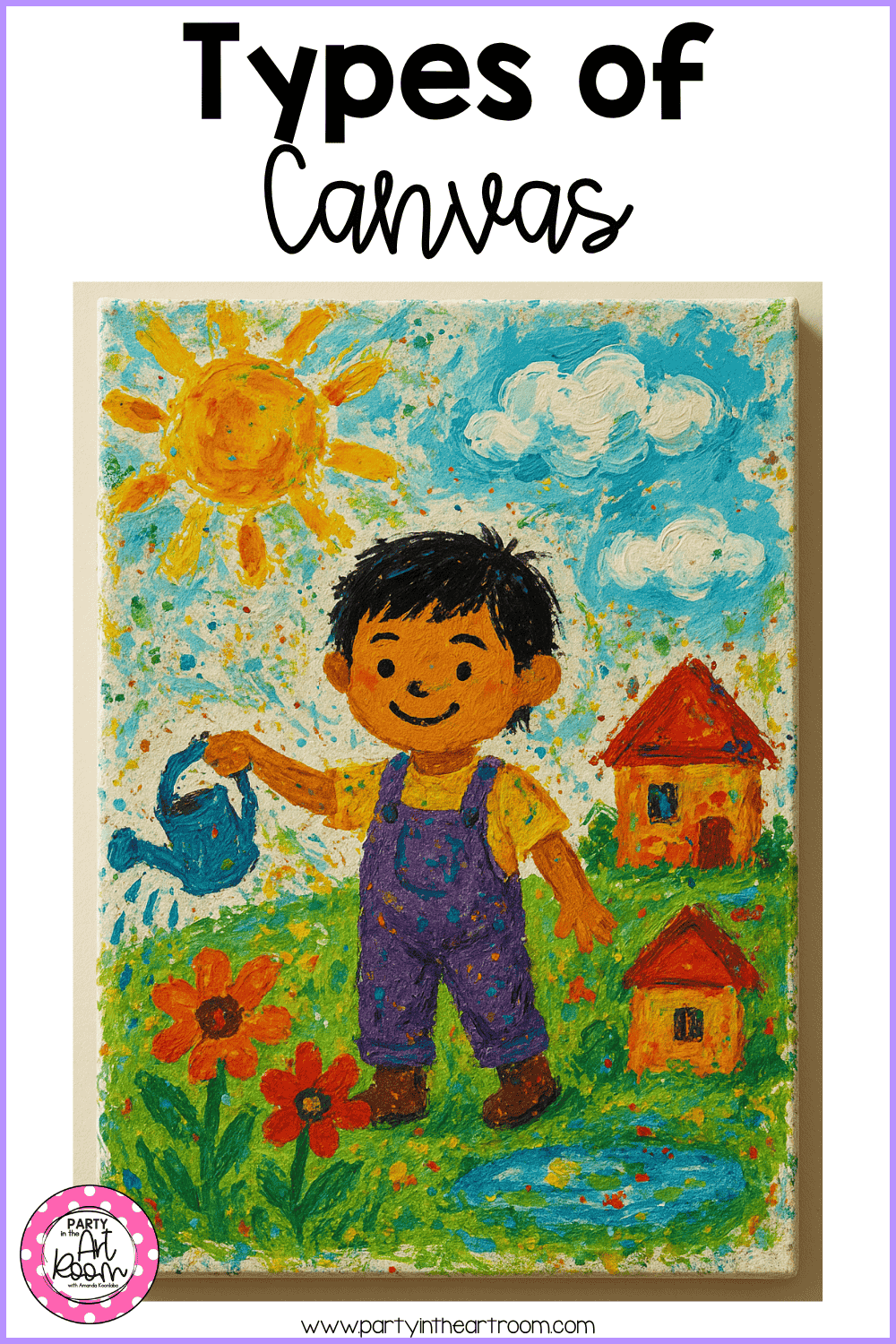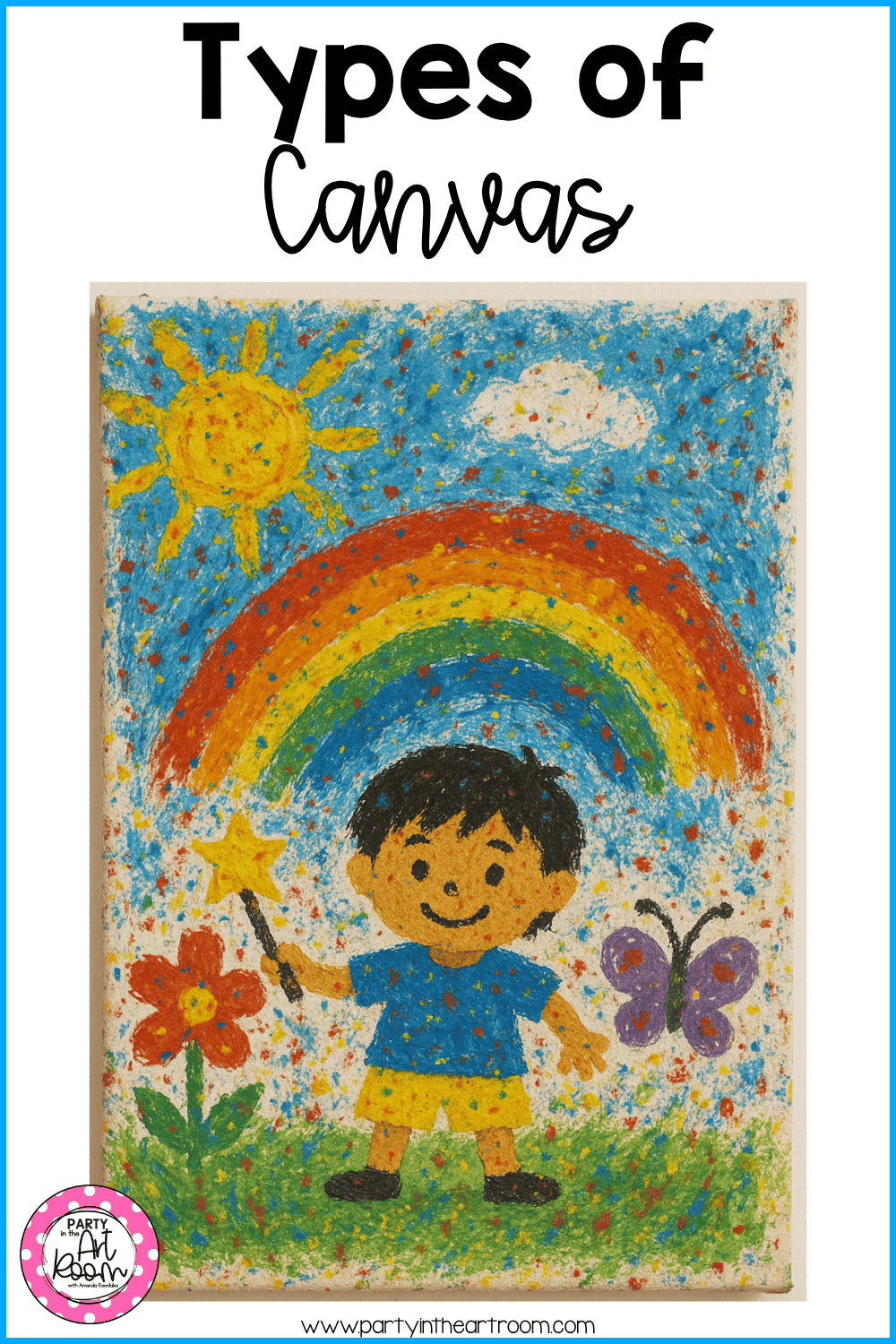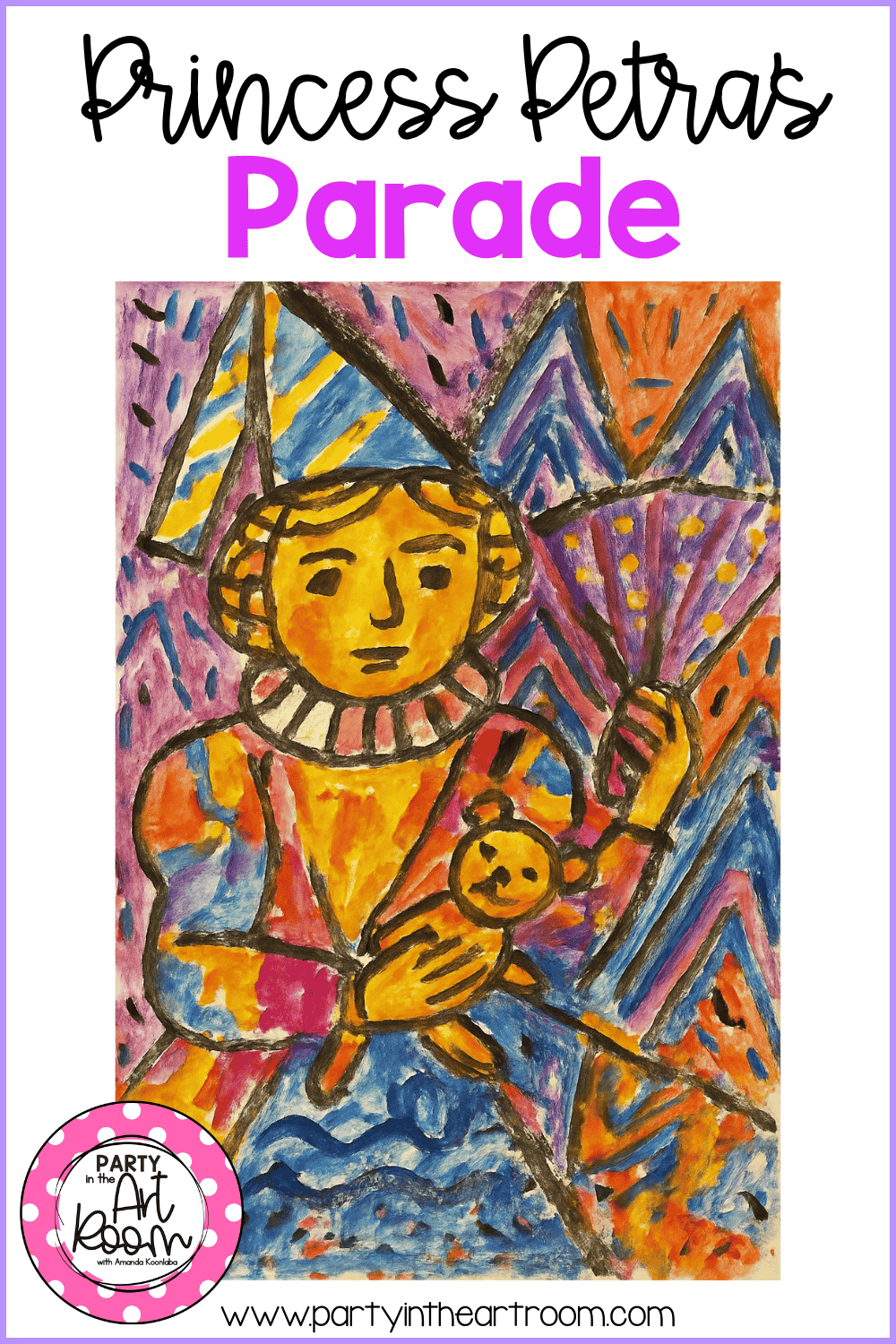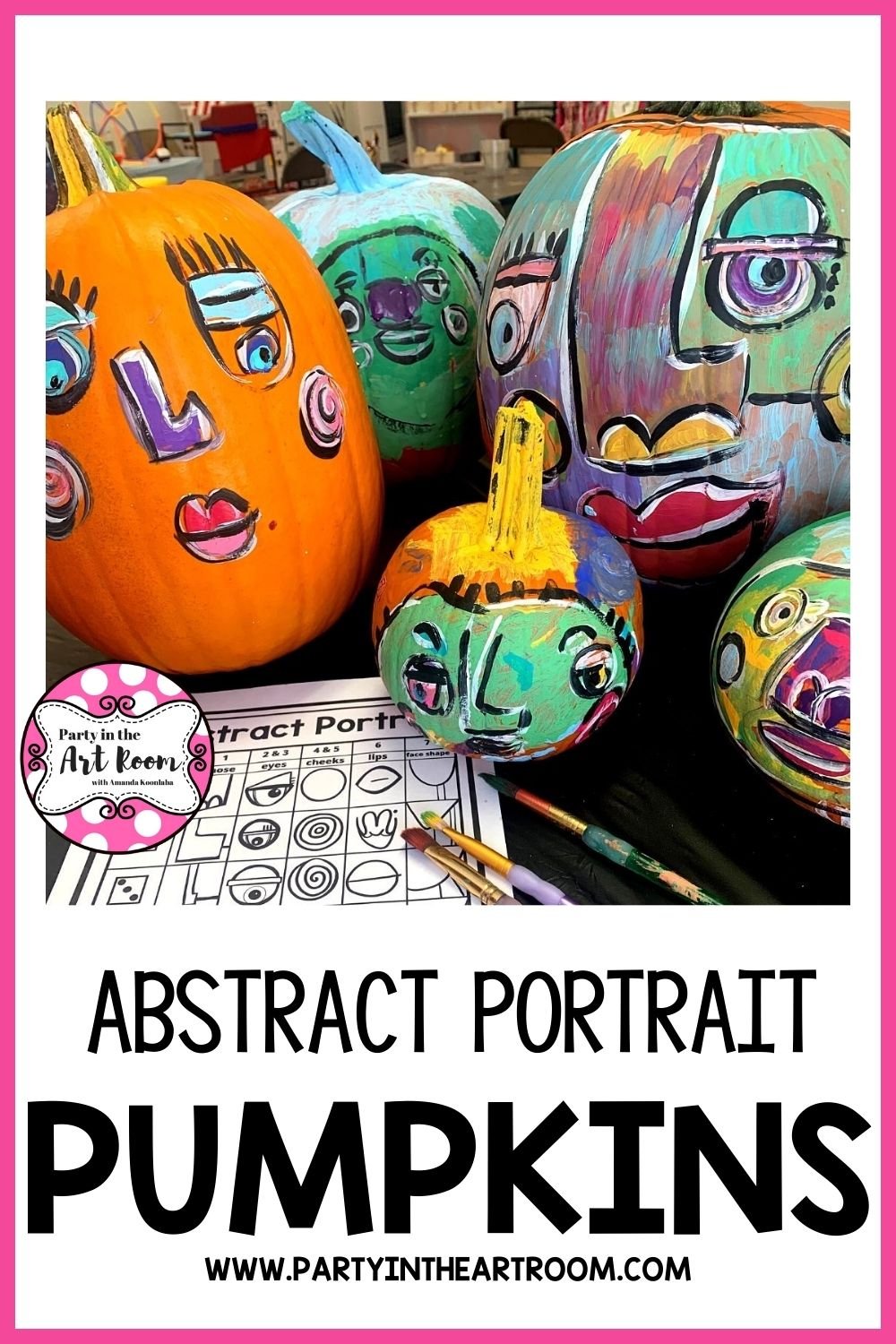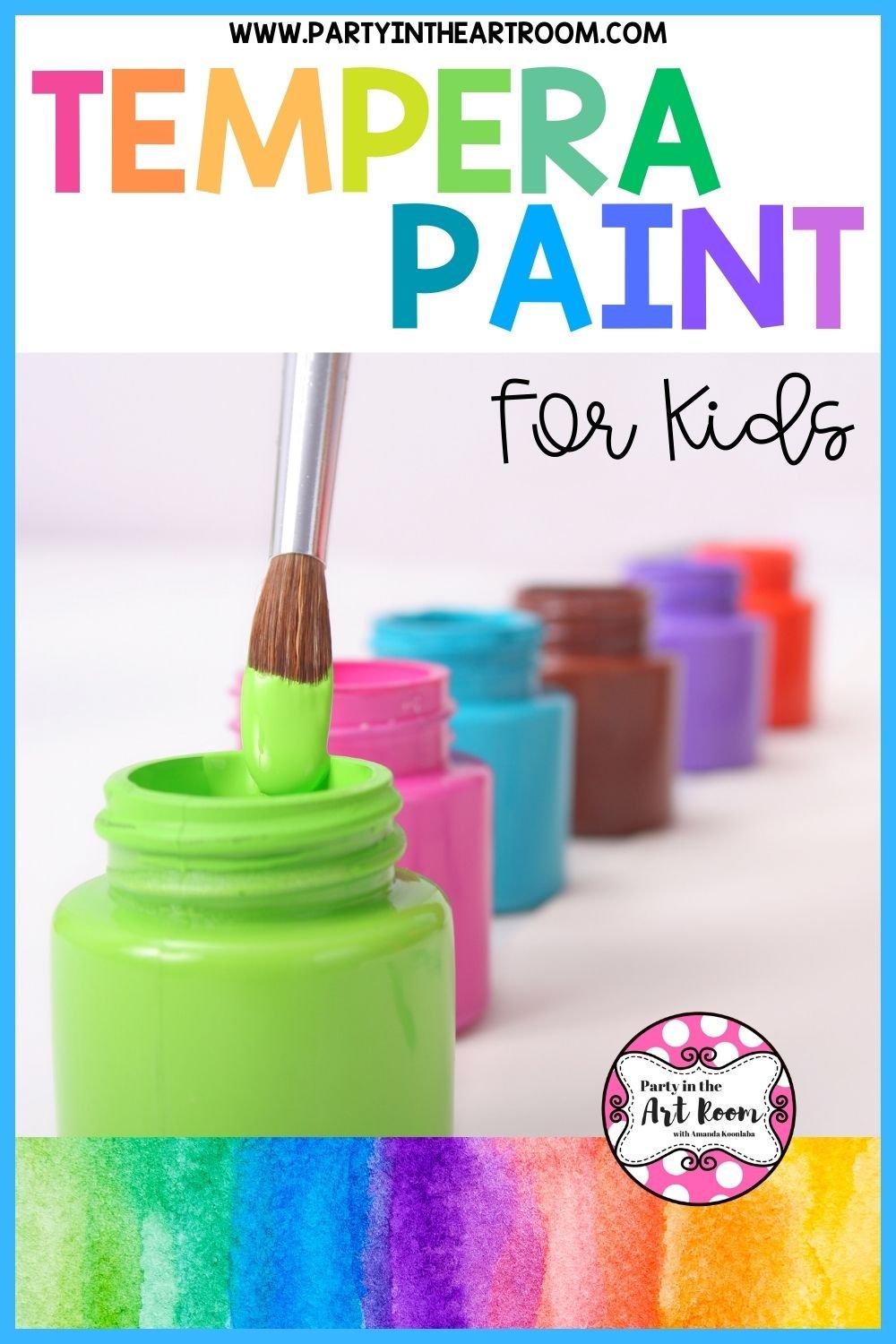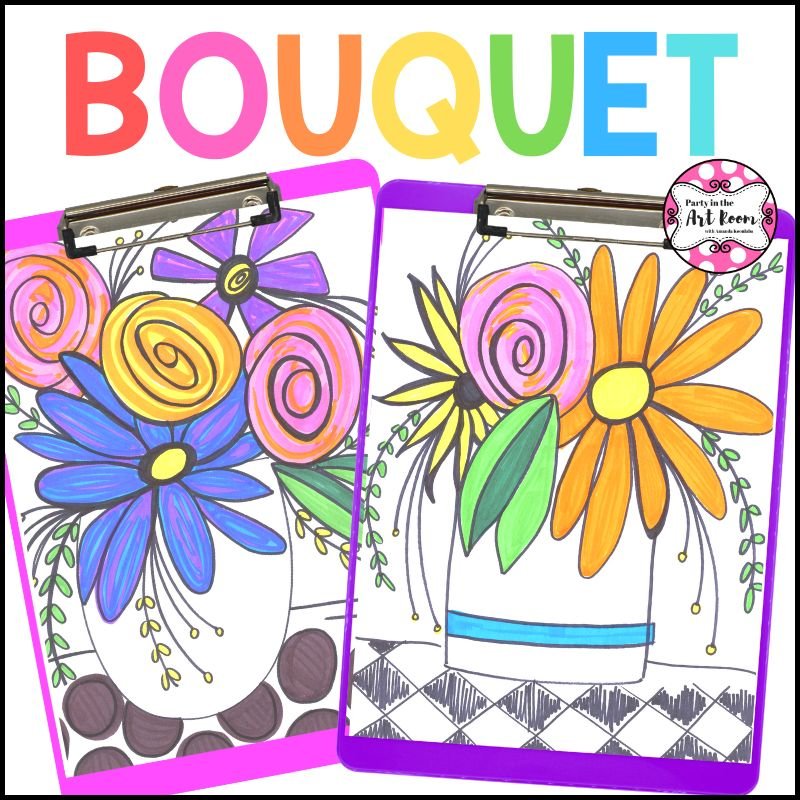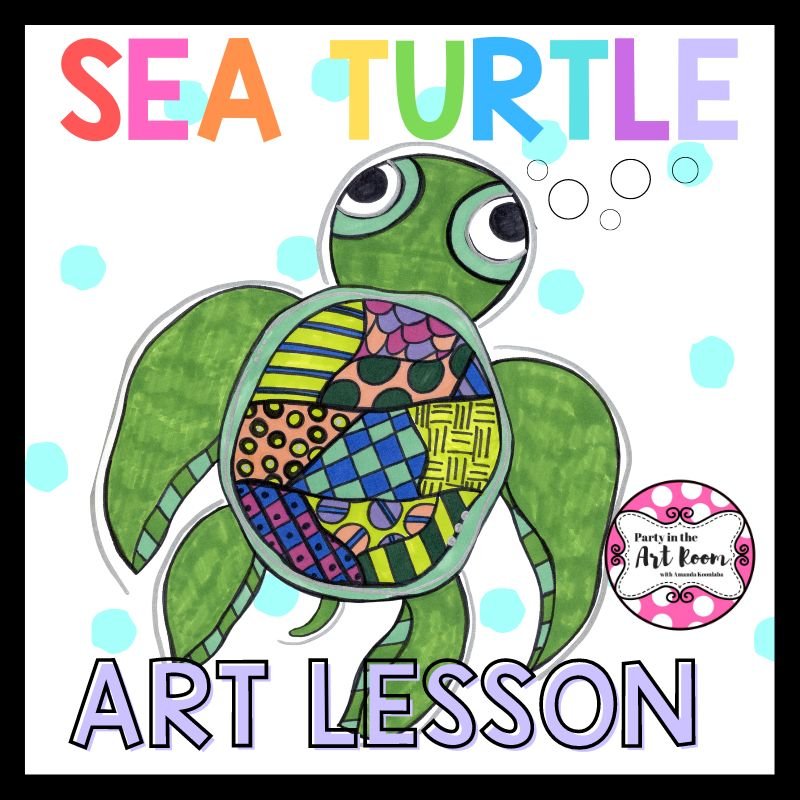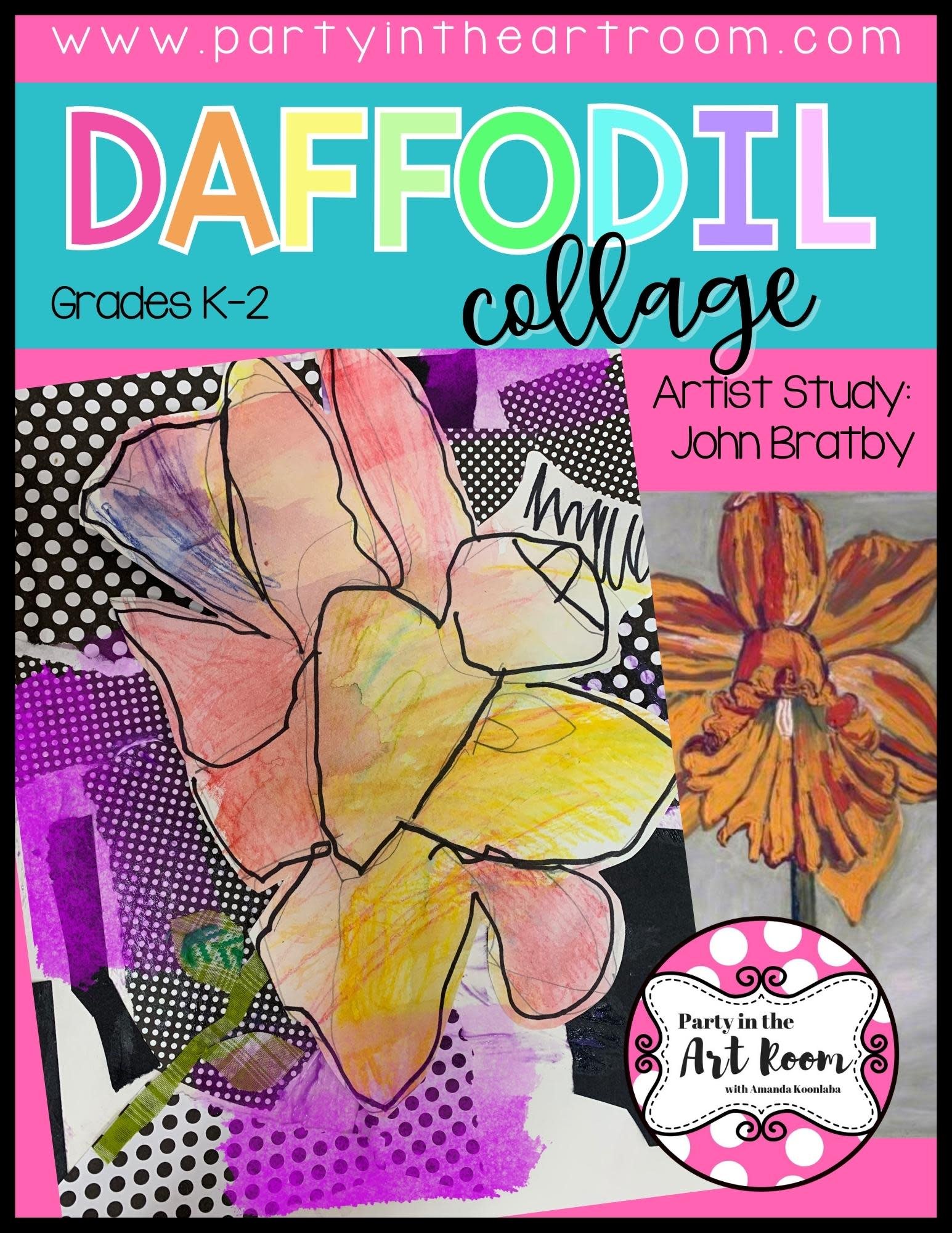Canvas for Beginners: What to Know About Stretched, Paper, and Panels
Let me paint you a picture (pun very much intended).
There I was, fresh out of college, proudly setting up my very first “real” classroom art studio. I was feeling all kinds of fancy with my new apron and rolling cart—until I stood in the aisle at the art supply store staring at what felt like 57 different types of canvas for painting.
Stretched canvas? Canvas paper? Canvas panels?! What even are all these? Are they different? Are they the same? Was I being punked?
If you’ve ever asked:
● What’s the difference between canvas paper vs stretched canvas?
● What’s the best canvas for kids art?
● Which painting surfaces work best in the classroom?
...then this post is for you.
🎨 What Are the Main Types of Canvas for Painting?
There are 3 main types you'll see in stores and online:
● Stretched canvas
● Canvas paper
● Canvas panels
Each has its own pros, cons, and sweet spot for use in an art classroom or at home.
🖼️ Stretched Canvas (The Classic One)
This is what most people think of when they hear “canvas.” It’s fabric stretched tightly over wooden bars and primed for paint.
Best for:
● Final art shows or framed work
● Kids who’ve done a few paintings already
● Teaching about “real artist” materials
Keep in mind:
● It’s pricier than paper or panels
● Storage can be bulky
● Not ideal for younger students who like to poke holes in things (you know the ones 😅)
📄 Canvas Paper (Classroom MVP)
Canvas paper is a textured, primed paper that mimics the feel of canvas—without the cost or bulk. It usually comes in tear-off pads.
Best for:
● Large groups of students
● Quick painting sessions
● Home use and sketchbook-style lesson
Heads up:
● Tape it down to prevent curling
● Not ideal for thick paint or palette knives
● Doesn’t always feel as official, even though it’s a great material
💪Canvas Panels (Sturdy & Reliable)
Canvas panels are thin boards with canvas glued to them. They’re rigid, flat, and super durable—especially for younger students who press hard or paint like they’re frosting a cake.
Best for:
● Projects with heavier paint or texture
● Teaching control and layering
● Kids who need a firm surface
Note:
● Less flexible than stretched canvas
● Slightly more expensive than paper, but worth it for durability
🧠 Canvas Paper vs Stretched Canvas vs Panels: Which One Should You Choose?
Here’s a quick cheat sheet to help you compare the most common beginner painting surfaces:
| Use This When... | Best Surface |
|---|---|
| You want a gallery-ready finish | Stretched Canvas |
| You need budget-friendly options | Canvas Paper |
| Your students press hard or use thick paint | Canvas Panels |
| You’re doing short, experimental lessons | Canvas Paper or Panels |
| You’re teaching painting basics to beginners | Canvas Paper or Panels |
🏫 Tips for Using Painting Surfaces in the Art Room
● Pre-label everything with painter’s tape on the back. Names disappear fast!
● Use drying racks or DIY with cardboard slots.
● Let kids test each type—talk about texture, bounce, absorbency, and what feels most fun.
● Protect tables—especially with paper and panels. Bleed-through is real.
🏡 Canvas for Homeschool Art or Home Use
Canvas paper is your best bet for painting at home. It’s affordable, easy to store, and lets kids feel like they’re using “real” art supplies. Bonus: it’s easy to mount or frame their masterpieces when they’re done!
Final Thoughts on Beginner Painting Surfaces
Whether you’re teaching a full classroom or helping your child at the kitchen table, knowing the difference between canvas types can make your life so much easier.
From budget to bounce to that all-important “wow” factor—each surface has its place.
Now that you know what to look for, you can skip the aisle stress and pick the right painting surface with total confidence.
🛒 Wondering which paint works best on canvas? Whether you're using canvas paper, stretched canvas, or panels, it helps to know your options. Check out What Is Tempera Paint for a beginner-friendly breakdown, or explore Tempera vs Acrylic Paint to figure out which one fits your project best.
🎨 Looking for a ready-to-go painting lesson that works beautifully on canvas paper? Try my Tree of Life Art Lesson inspired by Gustav Klimt. It’s packed with step-by-step directions, art history connections, and just the right amount of sparkle.
More GREAT IDEAS:
Designed specifically for classroom use, these worksheets provide a template for your students to explore the concepts of tints and shades while developing their artistic skills. Whether you're looking for a way to enhance your art curriculum or just want to inject some creativity into your classroom, these worksheets are sure to inspire your students!
Affiliate Disclosure: Party in the Art Room is supported by its audience. When you purchase through links on this site, a commission may be earned.Hi! I’m Amanda. Teaching children to be creative thinkers is my greatest joy. I’m here to help you bring that same joy to your classroom.
This guide is packed with 25 ideas for using art to teach math and ELA. It’s arts integration for the win!
I want all students to feel successful in the art room, so I created a standards-based Daffodil Collage lesson to do just that! The lesson includes an artist study, student reflection, and more, so push your artists to their full potential.
